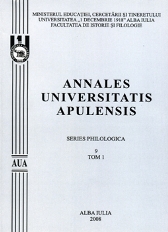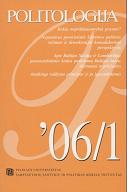
Universals of Language and the Conceptualization of Idioms
Metaphorical thinking is present in our unconscious and conscious mental life, through inferences from the sensory-motor domain on the domain of subjective experience. The initial theory of the primary metaphors was extended to the neural theory of the metaphor. We do not agree with this latter theory because it subordinates the imaginative creativity to the primary experiences, namely the bodily dynamics. The cognitivist semanticians affirm that the conceptual metaphors that underlie the construction of idioms as well, are concepts of the interaction of our body with the world, and not abstract concepts. Although there is a universal coordinate in the particular languages, these components are materialized in different ways. Idioms that are equivalent in meaning, in Romanian and English, are, generally circumscribed to the same metaphorical concepts. This equivalence can be explained by the elocutional competence. The human body serves as a source of our metaphorical thought and language: experience of the body in action, the experience of breathing, the movement of the visible speech organs, our sensory apparatus, violent physical action. Research regarding the conceptualization of the domain of emotions, in different cultures, demonstrates the universality of certain aspects of the conceptualization of the emotions in different cultures (English, Hungarian, Chinese, Tahitian, Wolof). There is a universal tendency also in the construction of synesthesic metaphors. This special type of metaphor associates terms that name different sensations, through sensory transposition. Thus metaphor makes a connection between the sensory perceptions and the language.
More...

